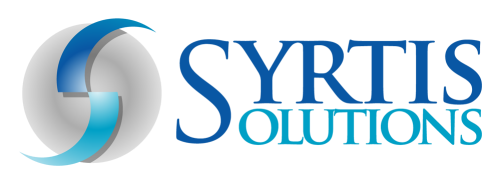
28 Feb SAFETY NET COALITION URGES NY TO RECONSIDER CARVE-OUT
In March 2020, under former Governor Cuomo’s administration, the New York Medicaid Redesign Team proposed that the state carve-out pharmacy benefits from the Medicaid program because of concerns involving pharmacy spend and provider transparency. The reform essentially changes prescription drug reimbursement from a managed care model to a fee-for-service model, making the state responsible for the pharmacy benefit rather than managed care organizations and PBMs. To date, seven other states, including California, West Virginia, Wisconsin, Missouri, Ohio, Kentucky, and Tennessee, have carved-out pharmacy benefits from their Medicaid programs.
The state’s decision was immediately met by opposition from providers, 340B entities, community leaders, and nonprofits. They advised legislators of the negative impact the move would have on the Medicaid prorgam and its beneficiaries’ access to care. As a result, the carve-out was delayed in April 2021.
After a two-year delay, the New York State Department of Health announced earlier this year that it would continue with the carve-out. Starting April 1, 2023, Medicaid members will start receiving their pharmacy benefits under the state’s new delivery model, NYRx.
Despite the state’s decision, those in opposition to the reform continue to make a focused effort to derail the carve-out as the April start date approaches. Save New York’s Safety Net is a statewide coalition of providers and community organizations that represent vulnerable populations in the state. The coalition is fighting the transition due to its potential to disrupt access to specific drugs and its repercussions for community health centers.
For instance, State officials that support the move to a fee-for-service model believe that it will increase program revenue by $250 million. However, under the current program framework, this money goes to safety-net providers around the state as a part of the 340B drug discount program. The program provides qualifying hospitals and clinics that treat low-income and uninsured patients with pharmaceutical drugs at a considerably lower cost. These savings help to fund programs such as vaccination clinics, housing assistance, transportation, outreach, and nutrition services. If the carve-out is implemented, it will divert these funds and cause a reduction of services, clinic closures, and disruptions to the coordination of care.
Jacqui Kilmer, CEO of Harlem United, is among those in opposition to the state’s decision. She expects the carve-out to drive up healthcare costs and views the measure as bad government from a policy and legal standpoint. However, the former business attorney is hopeful and believes there is still an opportunity to convince Gov. Hochul to repeal the carve-out. According to Kilmer, “she can do that on her own without legislative approval, any kind of other oversight, budgetarily, or from the Department of Health.”
Among lawmakers, several representatives sponsored bills in the previous legislative session to overturn the pharmacy carve-out, but they were unsuccessful. These initiatives are expected to be reintroduced this year, and legal challenges are anticipated if NYRx is implemented.
Along with the coalition’s concerns surrounding the shift, there is also data that indicates New York and other states may want to reexamine carving-out pharmacy benefits. In a 2018 report from the Association for Community Affiliated Plans (ACAP), the trade association discovered that when compared to fee-for-service models, managed care improves the quality of care and saves significantly more on brand name and generic drugs. ACAP analyzed Medicaid drug spending over a six year period and discovered the following:
- Managed care drug benefits produced considerable savings despite increasing prescription drug costs. “The average net (post-rebate) cost per MCO-paid Medicaid prescription during 2016 was $37, 73 percent of the average net cost of Medicaid prescriptions paid in the fee-for-service (FFS) setting during 2017, which was $50.”
- Managed care Rx services had greater utilization of generic drugs, which helped to decrease drug expenses. “In 2017, generic drugs represented 88.1 percent of MCO-paid Medicaid prescriptions versus 83.7 percent in the FFS setting.”
- Six states that implemented managed care prescription benefits only had a 1 percent increase in net costs per prescription between 2011 and 2014. On the other hand, seven states that carved-out pharmacy benefits saw a 20 percent increase in net costs per prescription during the same period. These seven states missed out on an estimated $307 million in savings in 2014 in comparison to the six states that transitioned to managed care.
- Carving-in prescription drug benefits minimizes complexity and improves the quality of care for beneficiaries because managed care plans can coordinate with providers more effectively.
In 2021, Medicaid expenses were the largest spending category, accounting for 27 percent of state budgets on average. In the same year, Medicaid spent around $80.6 billion on outpatient prescription drugs. Some states have decided to transition to fee-for-service models and carve-out pharmacy benefits to reduce program expenditures. While this is one strategy to try and reduce costs, states should also turn to opportunities to improve efficiency and cost avoid in their Medicaid plans.
